The world of sales is teeming with competition and vying for the attention of potential customers. In such a saturated environment, how can you differentiate yourself and ensure that your sales emails not only get opened but also drive results? The answer lies in crafting effective sales emails that captivate, engage, and persuade your target audience.
In this engaging and informative guide, we will explore eight types of sales emails that drive results. From the initial touchpoint of a cold email to nurturing leads through educational content, these techniques will provide you with the tools necessary to create compelling email campaigns that not only capture your prospects’ interest but also guide them towards a successful sale.
Key Takeaways
- Cold emails should contain an attention-grabbing subject line, a clear value proposition and CTA.
- Follow up emails are essential to keep prospects engaged. Use strategic timing & frequency for maximum response rates.
- Analyze customer data to tailor marketing emails for upselling/cross selling opportunities, leading to increased revenue.
Initial Touchpoint: The Cold Email

Cold emails are a way to introduce your business and propose solutions to potential customers’ challenges. A successful cold email should contain a captivating subject line, a clear value proposition, and a call to action guiding the recipient towards the next step.
A well-crafted subject line can mean the difference between an opened welcome email or one that gets lost in the sea of unopened messages. By focusing on the value your product or service offers the recipient, you can address their pain points and demonstrate how your business can provide a solution in a blog post.
Including a call to action (CTA) in your message helps guide the recipient on what to do next, such as scheduling a call or visiting your website.
Crafting the Subject Line
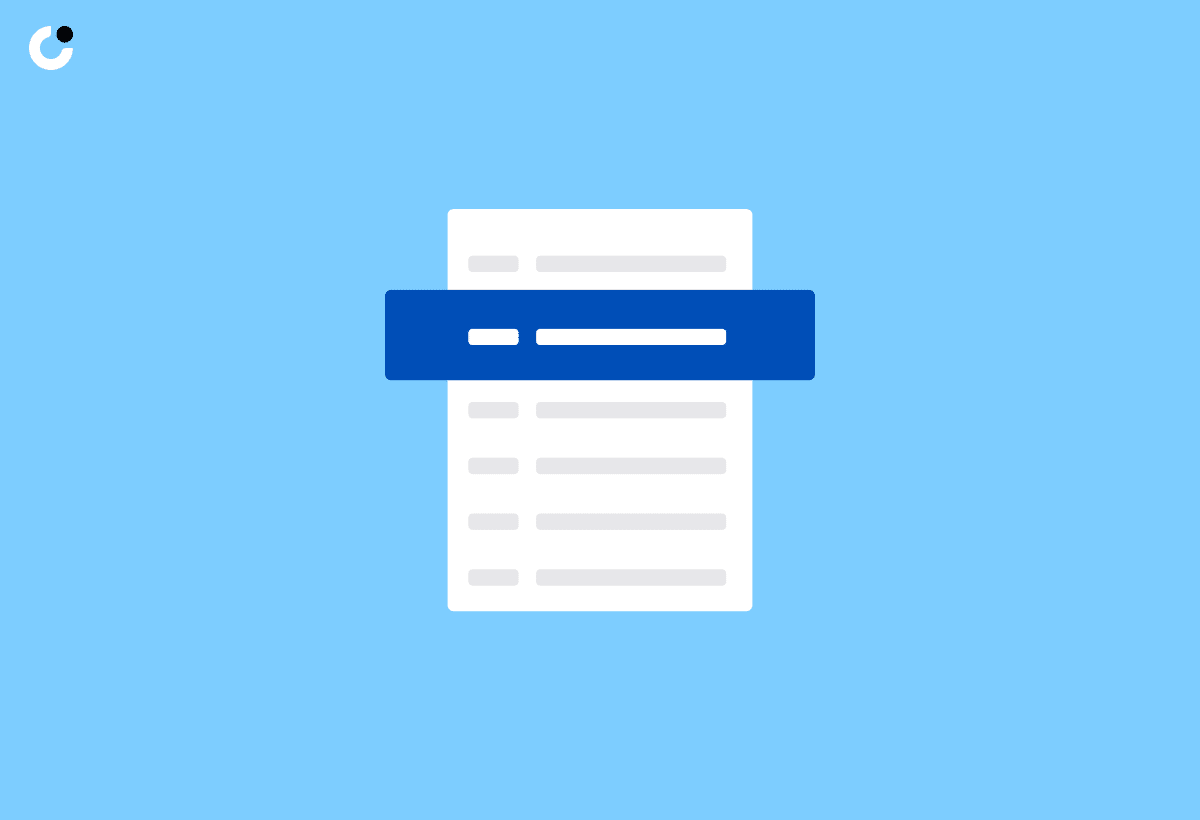
An engaging subject line can notably influence your cold email’s open rate. To create a compelling subject line, avoid using words or phrases that may trigger spam filters, requests for time, or an overly salesy tone. Instead, focus on crafting a subject line that piques curiosity and promises value.
A subject line tester can be a valuable tool for optimizing your cold email subject lines. By analyzing factors such as length, emotion, and click potential, a subject line tester can help you fine-tune your subject lines to maximize open rates and generate interest in your email.
Value Proposition in the Body
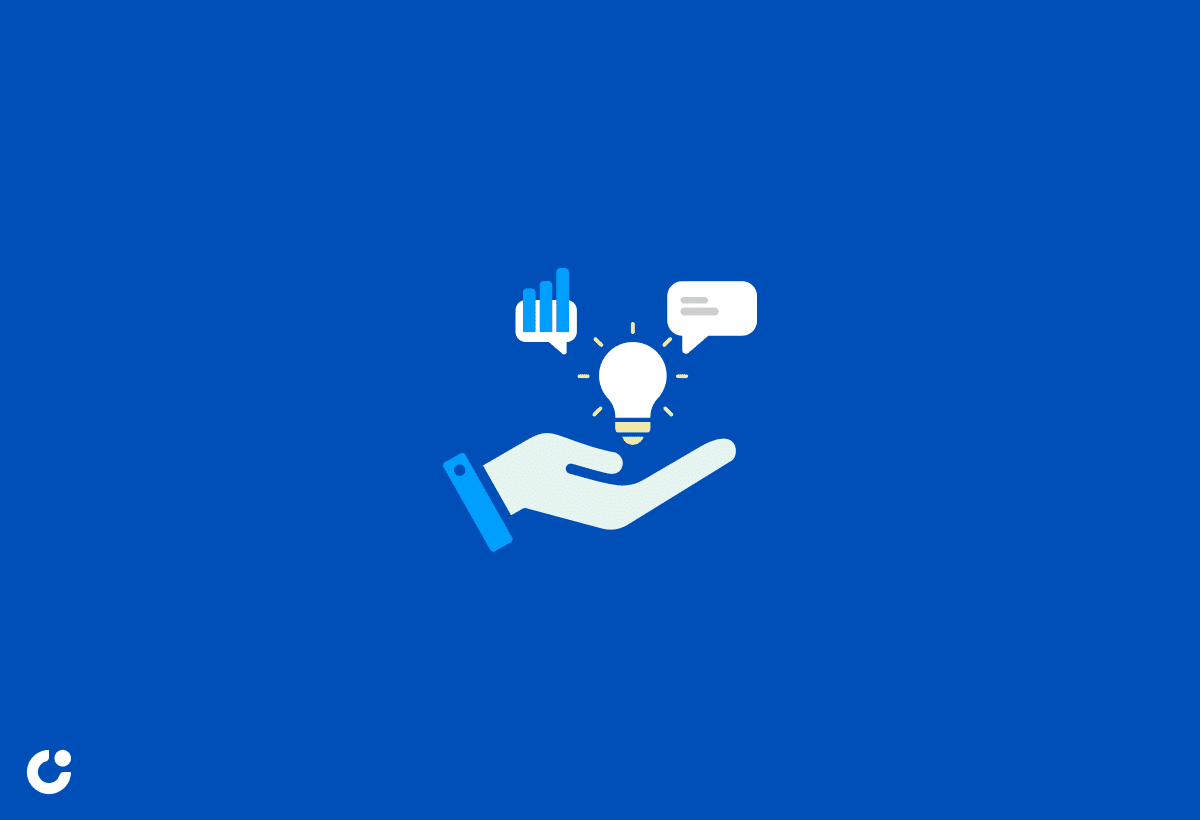
The content of your cold email should highlight the value your product or service offers to the recipient. Effective value propositions can include:
- Presenting a challenge and offering a solution
- Highlighting product benefits
- Providing valuable resources for free
- Including social proof or testimonials
Ensure your value proposition is clear and concise by using persuasive language, keeping it brief, and personalizing the content for the recipient. By addressing their needs and demonstrating how your offering can solve their problems, you’ll capture their interest and lay the foundation for a successful sales relationship.
Call to Action for Next Steps

A clear call to action (CTA) in a cold email helps guide the recipient towards the next steps in the sales process. This may involve scheduling a call, visiting your website, or downloading a resource. By providing a straightforward and relevant CTA, you increase the likelihood of the recipient taking action and engaging with your brand.
In addition to a CTA, consider including social media buttons in your cold email to provide actionable options for the recipient. This not only increases brand awareness but also helps your sales team reach potential customers on various platforms.
The Follow-Up Email
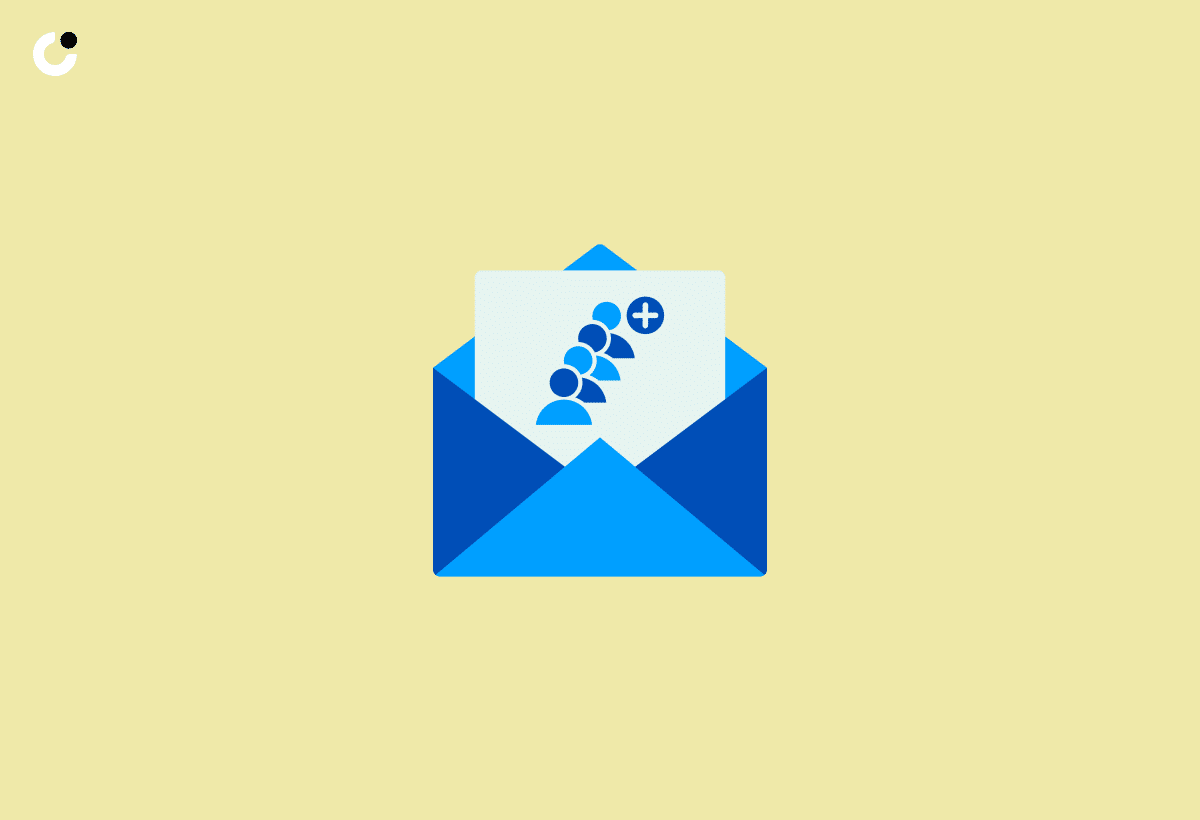
Follow-up emails are key in maintaining communication and enhancing response rates. They serve as a gentle reminder of your initial conversation and provide an opportunity to address any questions or concerns that may have arisen since your last interaction. By strategically timing, determining the frequency, and refreshing the content of your follow-up emails, you can increase your chances of receiving a response.
Regular communication is a pivotal factor in keeping prospects engaged and moving through the sales funnel. Follow-up emails ensure that you remain at the forefront of your prospect’s mind and provide a platform for addressing any lingering questions or concerns.
Timing and Frequency
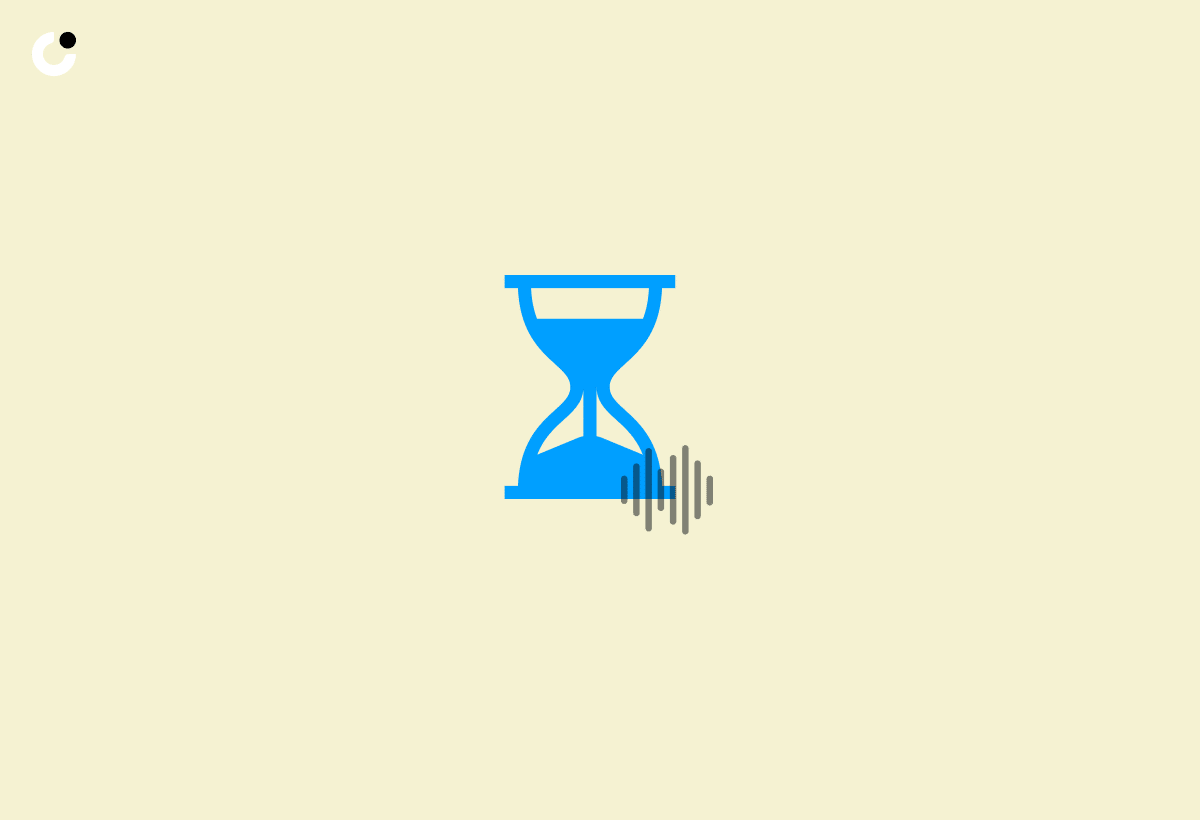
The timing and frequency of follow-up emails can significantly impact the likelihood of receiving a response. Research suggests that Tuesdays, Wednesdays, and Thursdays between 9 AM and 3 PM EST are the most effective times for sending follow-up emails.
As for the frequency of follow-up emails, it’s essential to strike a balance between persistence and not being overly irritating. Generally, it’s advisable to wait 3-5 business days before sending a follow-up email, with intervals of 2-3 days or 4-5 days between each email. Keep in mind that the optimal frequency may vary depending on the industry, target audience, and nature of the relationship.
Content Refresh
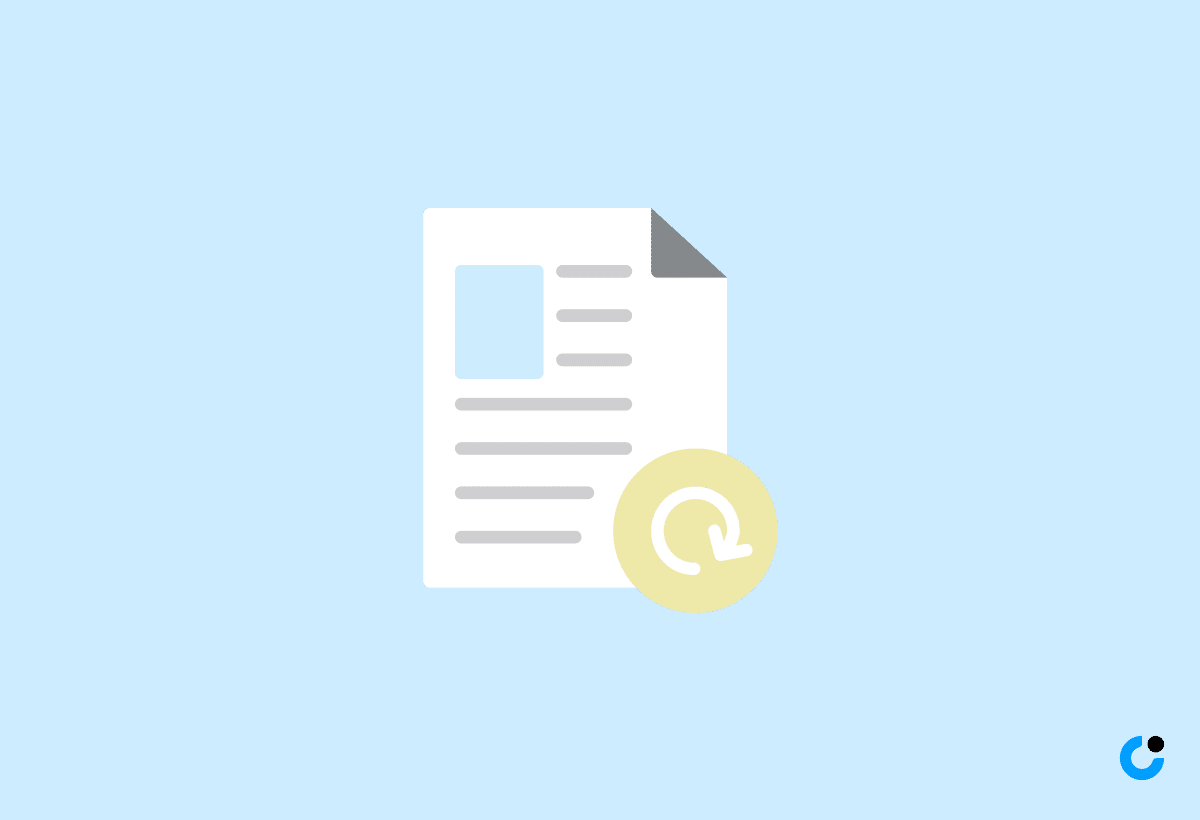
Updating the content in follow-up emails helps sustain the recipient’s interest and offers fresh information or viewpoints. By analyzing data, segmenting your audience, experimenting with different formats, and updating your design, you can keep your email content relevant and engaging.
Content refresh enables you to maintain the effectiveness of your email marketing campaigns and improve engagement with your subscribers. By regularly updating and revitalizing your email content, you can continue to provide value to your prospects and guide them through the sales funnel.
Relationship Building: Check-In Emails
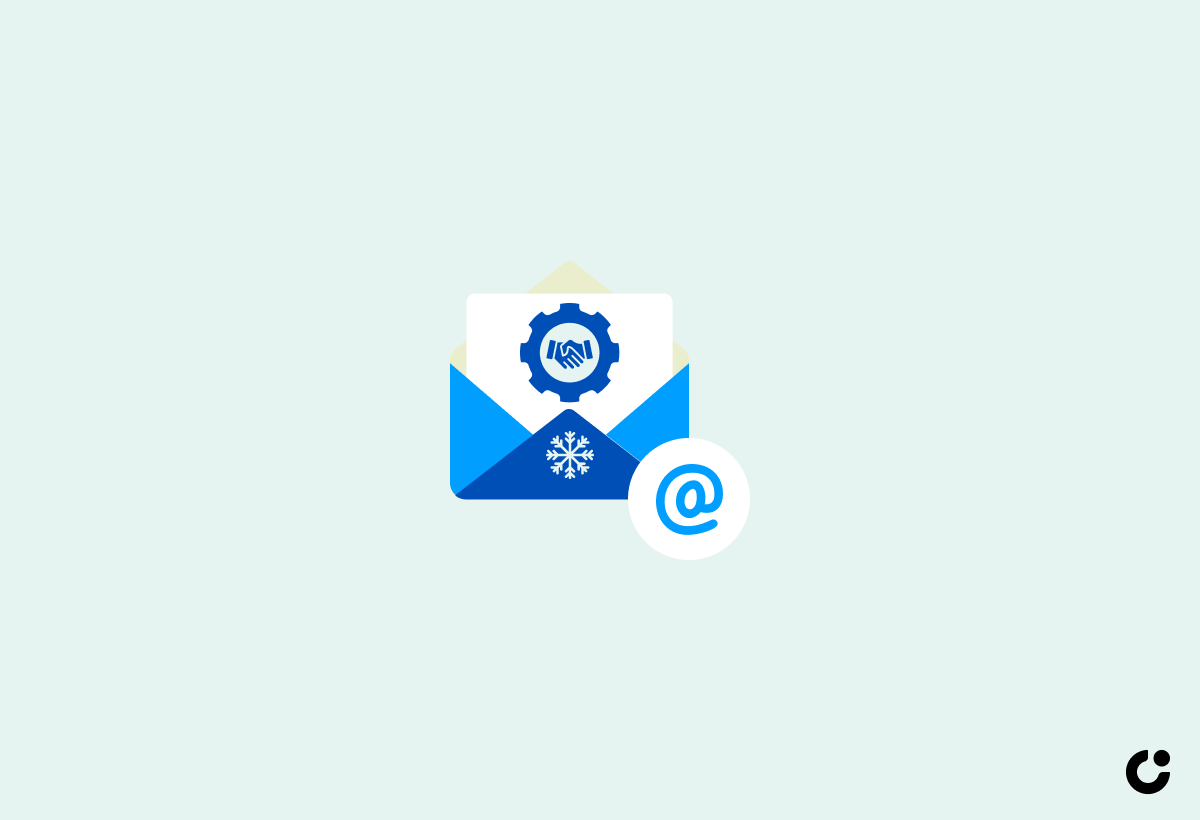
Check-in emails, a type of transactional emails, foster relationships with prospects by offering personalized updates and showing sincere interest in their progress. These emails, along with welcome emails, serve as a touchpoint to inquire about their well-being, address any questions or concerns, and maintain the relationship.
Including personalized updates in check-in emails shows your attention to the prospect’s needs and your dedication to their success. This approach not only fosters a sense of trust but also keeps the prospect engaged throughout the sales process.
Personalized Updates
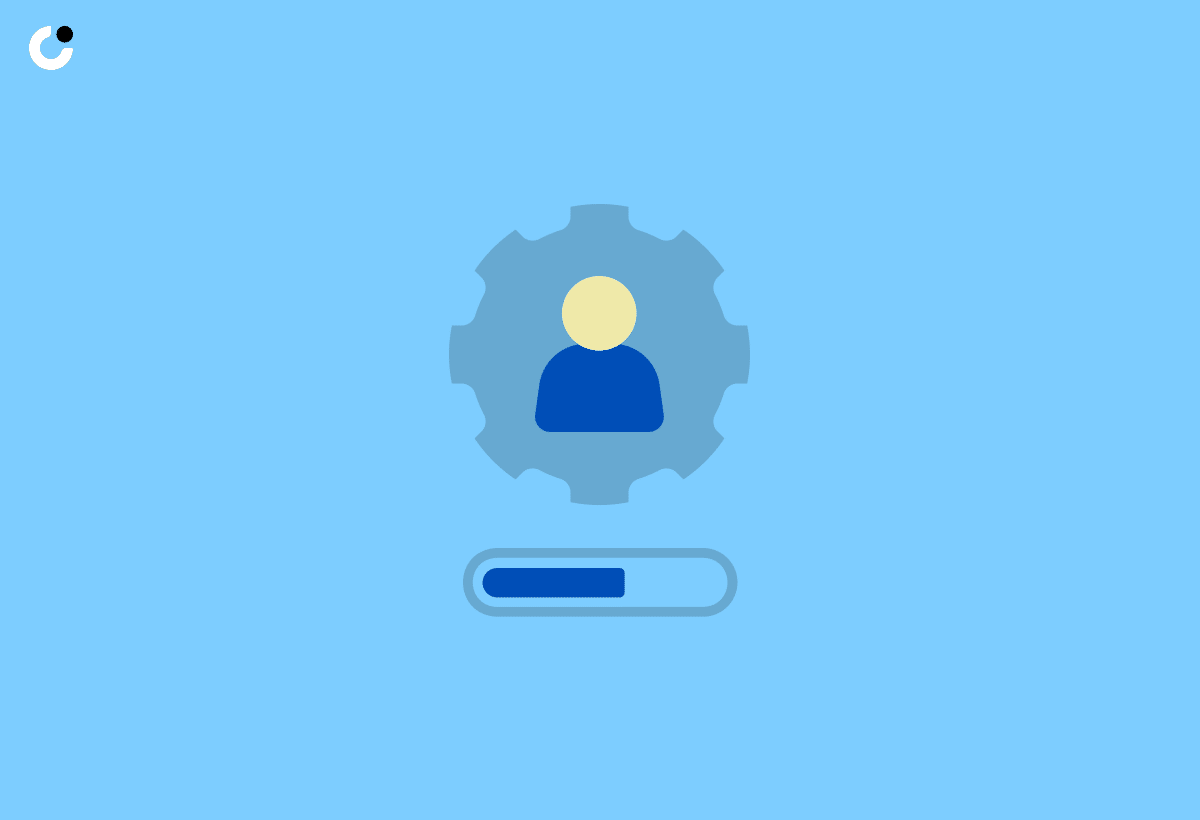
Personalized updates in check-in emails demonstrate your commitment to the prospect and your investment in their success. By tailoring your email content to the recipient’s needs and preferences, you can create a more meaningful connection and maintain their interest throughout the sales process.
To effectively personalize updates in check-in emails, consider segmenting your audience, customizing the subject line, including the prospect’s name when possible, and utilizing dynamic content. By providing personalized and relevant content, you can keep prospects engaged and guide them towards a successful sale.
Sales Pitch Perfected

An expertly composed sales pitch email can be pivotal in transforming a prospect into a customer. Creating a compelling pitch that resonates with your target audience and yields results can be achieved by emphasizing your product or service’s benefits and addressing potential objections.
An effective sales email template for crafting impactful sales emails should include a sales pitch that:
- Presents your offering in the best light
- Demonstrates empathy and understanding of the prospect’s needs
- Focuses on the benefits
- Addresses any concerns
By following these guidelines, you can create a compelling case for your product or service.
Highlighting Benefits

Emphasizing the benefits of your offering in a sales pitch email is crucial for success. By focusing on how your product or service can address the prospect’s pain points and provide value, you can capture their interest and lay the groundwork for a successful sale.
To effectively highlight benefits in a sales pitch email, consider utilizing the following strategies:
- Use powerful language to convey the value and impact of your product or service.
- Incorporate storytelling techniques to create a compelling narrative that resonates with your audience.
- Provide real-life examples or case studies that demonstrate the tangible benefits your product or service offers. By implementing these strategies, you can make your sales pitch more persuasive and engaging.
Overcoming Objections
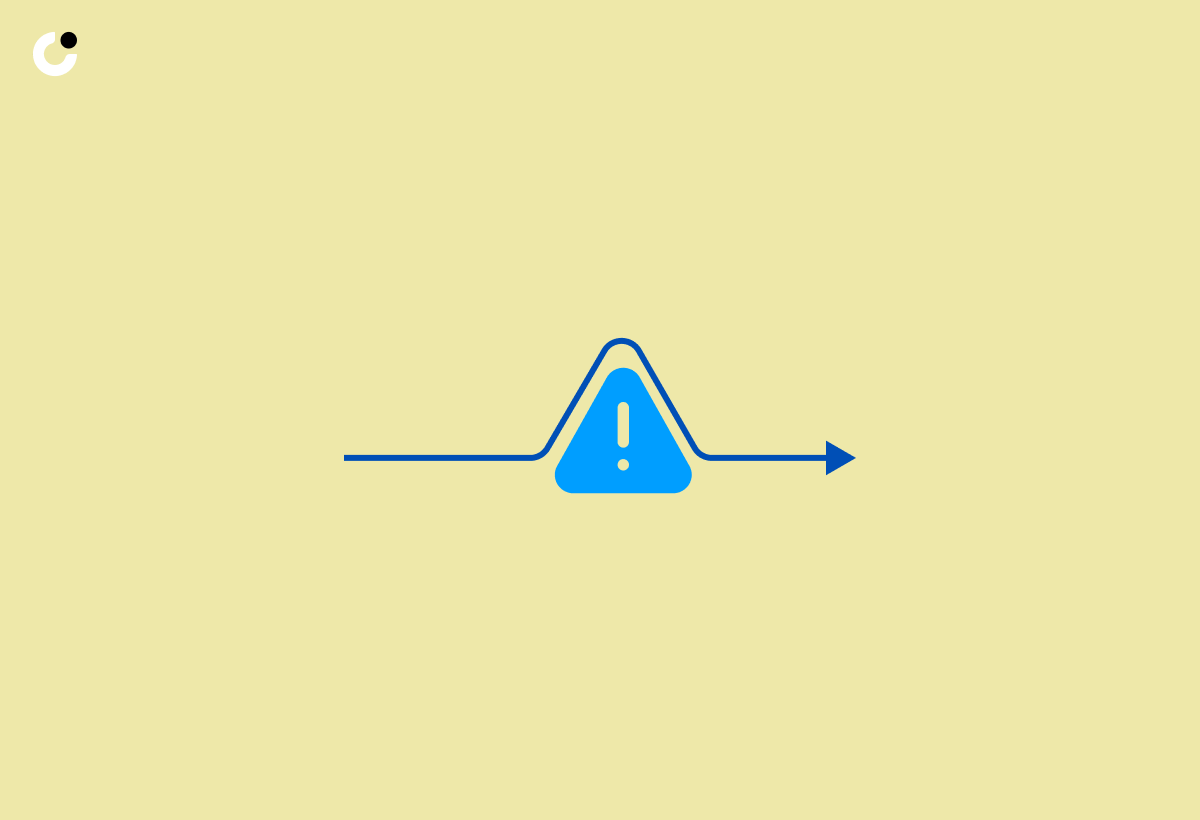
Addressing potential objections in your sales pitch email can help alleviate concerns and build trust with the prospect. By proactively addressing any issues or concerns, you can create a sense of understanding and credibility with the recipient.
To effectively overcome objections, consider employing strategies such as active listening, acknowledging and restating the objection, proposing a solution, establishing trust, and posing open-ended questions. By demonstrating empathy and understanding, you can alleviate concerns and pave the way for a successful sale.
The Re-Engagement Campaign

Re-engagement campaigns strive to rekindle interest among inactive subscribers through special promotions or incentives. These campaigns can improve engagement rates, deliverability, and purchase frequency from email lists that are not performing as expected.
Re-engagement emails, featuring exclusive deals or incentives, can motivate inactive subscribers to reconnect with your brand and possibly make a purchase. This not only improves your email performance but also boosts revenue by capitalizing on existing customers’ relationships through post purchase email strategies.
Special Offers

Special offers in promotional emails, such as re-engagement emails, can entice inactive subscribers to re-engage with your brand and potentially make a purchase. By providing incentives such as discounts, free trials, or exclusive access to content, you can capture the attention of inactive subscribers and encourage them to take action.
When determining the optimal timing for distributing promotional offers in re-engagement emails, consider factors such as industry, target audience, and the nature of the relationship. By tailoring your re-engagement campaign to the specific needs and preferences of your audience, you can maximize its effectiveness and drive results.
Celebrating Milestones

Acknowledging milestones with your prospects or customers can fortify relationships and express gratitude for their loyalty. By acknowledging important events or achievements, you can foster a sense of connection and rapport with your audience.
Milestone emails provide an opportunity to engage with customers by celebrating events that are specific to their relationship with your company. By recognizing and celebrating these milestones, you can create a lasting impression and reinforce your commitment to customer success.
Nurturing Leads Through Education

Sharing insightful and informative content aids in leading prospects through the sales funnel, nurturing them along the way. By providing valuable content that addresses their needs and pain points, you can establish your brand as a trusted resource and keep prospects engaged throughout the sales process.
Educational emails, such as lead nurturing emails, prove your expertise and offer value to your prospects by suggesting solutions to their challenges. By focusing on nurturing leads through education, you can move prospects through the sales funnel and ultimately convert them into loyal customers.
Sharing Valuable Insights

Providing valuable insights in educational emails can help establish your brand as a trusted resource and keep prospects engaged throughout the sales process. By offering information such as industry trends, tips for success, and case studies, you can demonstrate your expertise and provide value to your audience.
To effectively share valuable insights in educational emails, consider the following email marketing strategy:
- Segment your audience to ensure that you are sending relevant content to each group.
- Customize the subject line to catch the recipient’s attention and make them more likely to open the email.
- Include the prospect’s name when possible to create a personalized touch.
- Utilize dynamic content to tailor the email to each recipient’s specific interests and needs.
By implementing these strategies, you can keep prospects engaged and guide them towards a successful sale.
The Art of Upselling and Cross-Selling

Upselling and cross-selling emails strive to boost revenue by scrutinizing customer data and proposing pertinent additional products or services. By identifying opportunities for upselling and cross-selling, you can tailor your email content to the recipient’s needs and preferences, ultimately driving more sales and revenue.
Scrutinizing customer data helps in recognizing patterns, preferences, and potential upselling and cross-selling opportunities. By leveraging this information, you can create targeted email campaigns that not only resonate with your audience but also drive results.
Analyzing Customer Data
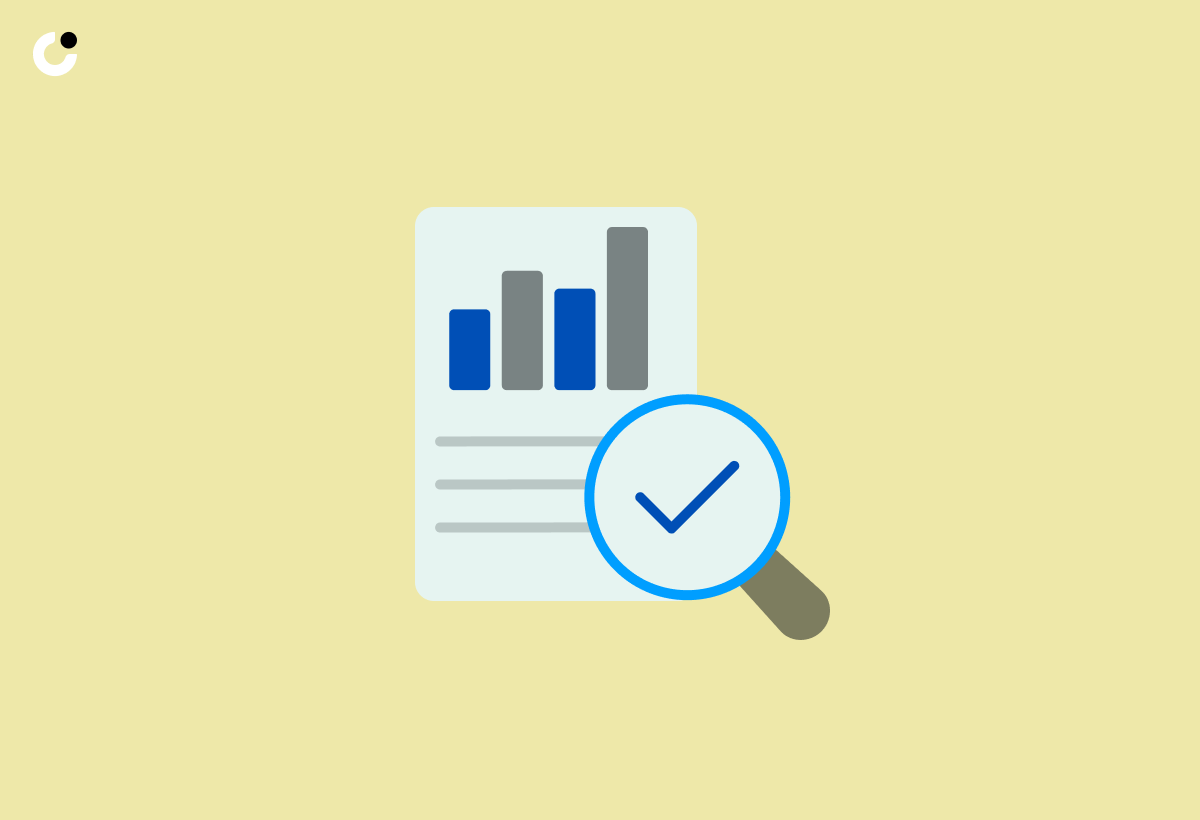
Analyzing customer data can help identify opportunities for upselling and cross-selling, allowing you to tailor your email content to the recipient’s needs and preferences. By examining factors such as purchasing behavior, customer preferences, and demographic information, you can gain insights into potential areas for growth and revenue generation.
To effectively analyze customer data for upselling and cross-selling purposes, consider the following steps:
- Assess customer purchases
- Categorize customers
- Identify customer needs
- Set measurable objectives
By using these insights to inform your marketing email campaigns, you can provide tailored offers and recommendations that drive results with different types of marketing emails.
Summary
Throughout this comprehensive guide, we have explored various types of sales emails that drive results. From the initial touchpoint of a cold email to the art of upselling and cross-selling, each email type serves a unique purpose in guiding prospects through the sales funnel. By crafting compelling subject lines, providing valuable insights, and overcoming objections, you can create engaging and persuasive sales emails that convert prospects into loyal customers.
As you embark on your email marketing journey, remember that engaging, personalized content is key to success. By understanding your audience’s needs and preferences, you can tailor your email campaigns to resonate with your prospects and ultimately drive results. The world of sales may be competitive, but with the right approach and a well-executed email strategy, you can rise above the noise and achieve success.
Frequently Asked Questions
How to write sales email?
To write a successful sales email, use an engaging subject line, personalized opening lines, relevant body copy tailored to your audience, emphasize value instead of talking about yourself, include a clear call to action and professional signature, and send the email at the right time.
What is the purpose of a cold email?
The purpose of a cold email is to introduce your business and provide potential customers with solutions to their challenges.
How can I create an effective subject line for my cold email?
Craft a subject line that piques curiosity and promises value to create an effective cold email. Avoid using words that could trigger spam filters or appear too salesy.
When should I send follow-up emails to prospects?
For maximum effectiveness, wait 3-5 business days before sending a follow-up email, followed by further emails every 2-3 days or 4-5 days.
How can I maintain prospects' engagement during the sales process?
Deliver engaging experiences, initiate conversations with insights, provide value-driven content, and ask unexpected questions to maintain prospects' engagement during the sales process.

